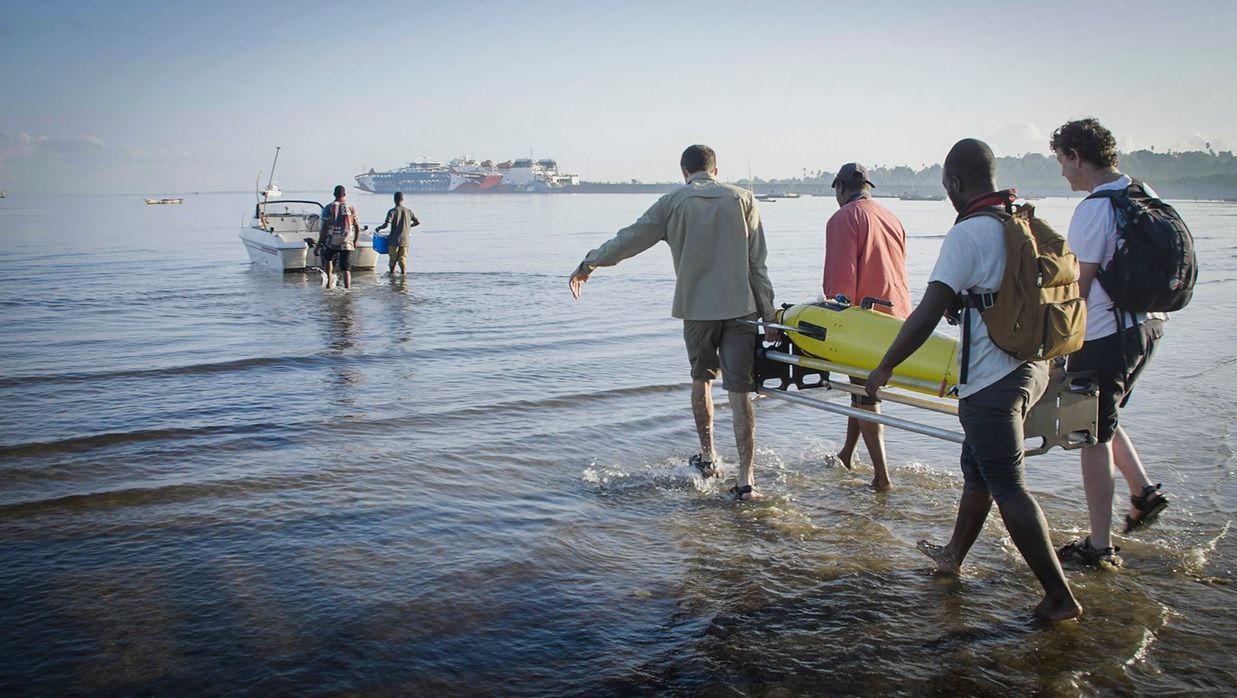The National Oceanography Centre -- the UK's largest institute for marine science -- is seeking a new super computer as its existing high performance computing (HPC) hardware nears end-of-life.
The NOC currently runs an Intel-based 22 Tflops machine in Southampton and an AMD-based 1.5 Tflops machine in Liverpool.
Both need replacing, it acknowledged in a recent public tender, which reveals plans to swap them for a single machine based at the research centre's Southampton site. (The new supercomputer will run "typical jobs" of around 100-200 core MPI parallelised instances of NEMO, "occasionally 300-500 core", the NOC said in a 36-month contract notice.)
It has a modest £500,000 budget available. (One HPC expert tells The Stack: "It looks like a 'bought boost' and no doubt a welcome one. Their tender caps max number of cores at 500/run. A hi perf 64 core node will cost about USD $50K, so eight of those and and the networking/install sounds about right. Note that this footprint isn't typical of http://top500.org machines."
NEMO (Nucleus for European Modeling of the Ocean) is a framework for oceanographic research built around three primary models.
- An ocean dynamics and thermodynamics and primitive equations solver;
- A sub-grid-scale aware sea and ice thermodynamics simulator and primitive equation solver;
- An on/off-line oceanic tracer transport and biogeochemical processes solver
The NOC conducts a huge range of largely unsung yet critical research, as well as developing new technologies to underpin scientific research in some extreme and challenging marine environments.
Technology developed at the National Oceanography Centre ranges from "sensors the size of a fingernail that are able to measure chemical parameters in the ocean, to large deep-submergence platforms able to carry a multitude of instruments and sensors and, capable of making measurements from the surface to the depths of the ocean".









